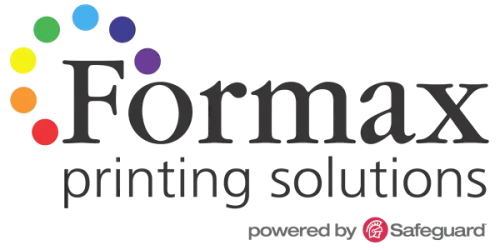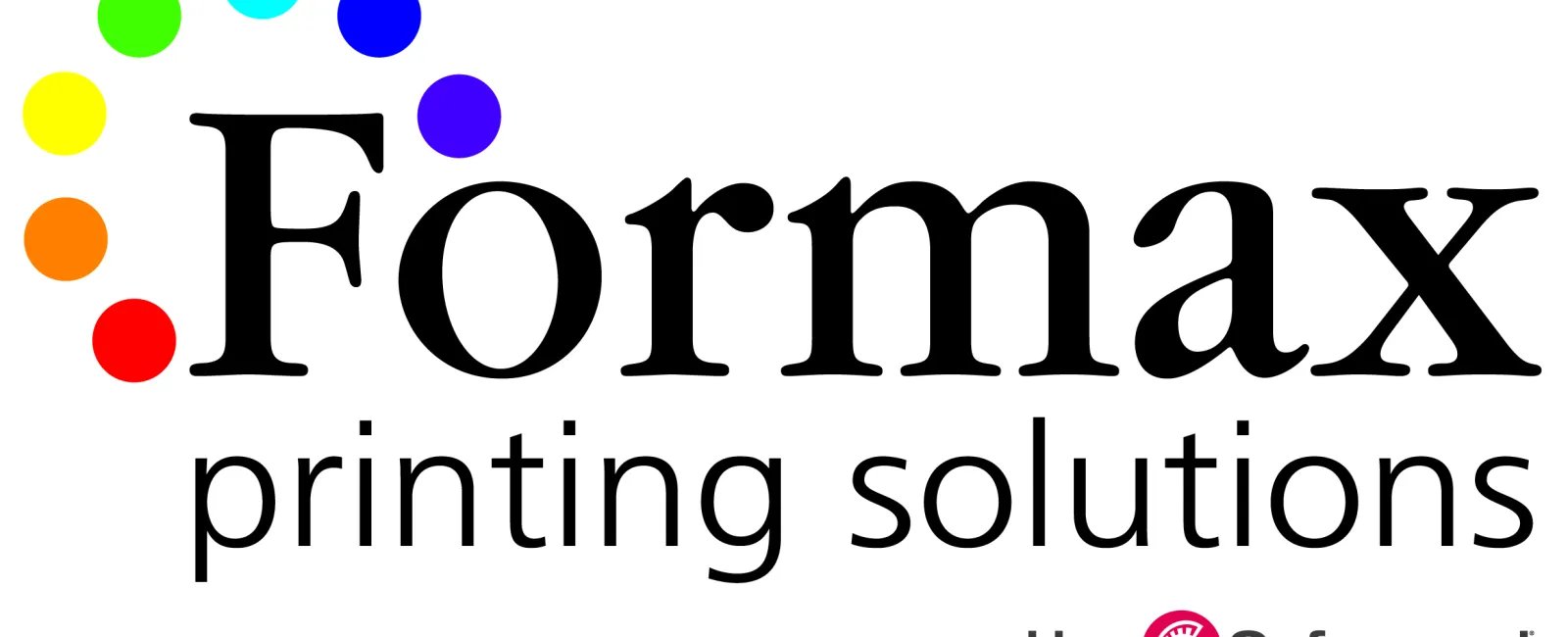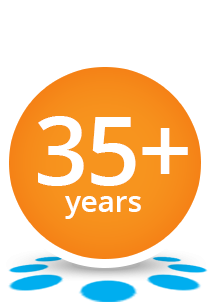Custom Book Printing
In the digital age, where screens dominate our lives, the allure of a physical book—its texture, its weight, and the way it opens to reveal worlds within—remains undiminished. For authors, artists, and publishers alike, custom book printing offers a unique opportunity to bring stories and ideas to life in a form that is as personal and distinctive as the content it holds. This blog explores the world of custom book printing, delving into its importance, the options available, and tips for those looking to embark on their own custom book printing journey.
The Importance of Custom Book Printing
Custom book printing is not just about producing physical copies of a book; it's about crafting an experience. A well-designed and printed book can become a work of art in itself, enhancing the reader's engagement with the material. For independent authors and small publishers, custom printing provides the freedom to experiment with formats, papers, and covers in ways that mass-market productions cannot accommodate. This level of customization can help a book stand out in a crowded market, offering a tactile and visual appeal that can attract readers and collectors alike.
Moreover, custom book printing allows for greater control over the production process, ensuring that the finished product matches the creator's vision in every detail. From various materials to unique binding techniques, the choices made in the printing process can reflect the author's values and the book's theme, adding layers of meaning to the physical object.
Exploring Your Options: Types of Custom Book Printing
When diving into custom book printing, the variety of options can be both exciting and overwhelming. Here are some of the key choices to consider:
Print Technologies: The two primary technologies are digital and offset printing. Digital printing, ideal for small to medium runs, offers flexibility and cost-effectiveness for lower quantities. Offset printing, on the other hand, is more cost-efficient for large runs and provides superior quality for color reproduction and detail.
Paper Types and Quality: The choice of paper affects not only the look and feel of the book but also how well it ages. Options range from high-gloss for vibrant photo books to uncoated, cream-colored papers that give a classic look to literary works.
Binding Methods: Binding choices can dramatically affect a book's usability and aesthetic. Popular options include perfect binding, saddle stitching, and case binding, each offering different benefits in terms of durability and presentation.
Cover Design and Finishing: The cover is often the first thing a potential reader notices. Choices here include softcover or hardcover, matte or glossy finishes, and special touches like foil stamping or embossing that can make a book stand out.
Navigating the Custom Book Printing Process
Embarking on a custom book printing project requires careful planning and consideration. Here are some steps and tips to guide you through the process:
Define Your Vision: Before diving into the specifics, have a clear idea of what you want your book to be. Consider your audience, the purpose of the book, and what you want it to convey at first glance.
Choose the Right Printing Partner: Look for a printer that specializes in custom book projects and can offer guidance and expertise. Ask for samples of their work, and make sure they understand your vision and can deliver the quality you're looking for.
Get Technical: Work closely with your printer to select the right paper, binding, and printing techniques. Be open to their suggestions—they have the experience to know what works best for different types of projects.
Design Wisely: Whether you're designing the book yourself or working with a professional, keep in mind how design elements like typography, margins, and color schemes will translate in print. Remember, what looks good on screen may not always look the same on paper.
Proof, Proof, Proof: Before the final print run, review a proof copy of your book. This is your chance to catch any errors and make sure everything from the color to the page alignment meets your expectations.
Marketing and Distribution: While not directly related to the printing process, thinking about how you'll market and distribute your book is crucial. Whether through online platforms, local bookstores, or at events, having a plan can help ensure your beautifully printed book finds its audience.
The Rewards of Custom Book Printing
The journey of custom book printing is one of creativity, collaboration, and craftsmanship. The end result is not just a book but a tangible manifestation of an idea or story that can be held, shared, and treasured. For many authors and creators, the ability to influence every aspect of their book's physical appearance is both empowering and deeply satisfying.
In an increasingly digital world, the printed book remains a powerful medium for connection and expression. Custom book printing allows creators to harness this power in new and innovative ways, offering readers an immersive and memorable experience that goes beyond the text.
Whether you're an aspiring author, an artist looking to showcase your work, or a small publisher aiming to make a mark, custom book printing opens up a world of possibilities. With the right approach and a bit of guidance, you can create a book that stands the test of time, both in content and in form. If you have questions about custom book printing or are ready to start your project give us a call at 866-367-6221 or submit our quote request form. We look forward to hearing from you.
Take Care,
Rick




